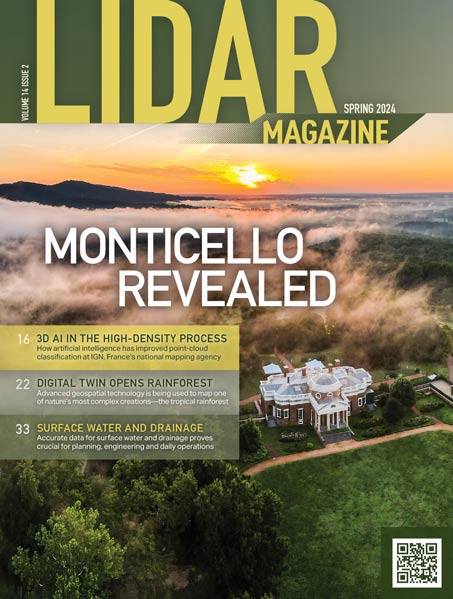Todays train derailment near Watford Junction has lead to calls for the rail industry to do more to pre-empt the impact of extreme weather conditions.
Torrential rain is believed to have lead to a landslide close to a tunnel opening, causing the 06.19 (BST) service from Milton Keynes to Euston to leave the track. The derailed train was then clipped by another, resulting in two people needing medical treatment and severe disruption to the rail network.
Now geospatial experts are warning that a more robust system of monitoring the stability of the UK rail network is required to help prevent further incidents.
Detecting change is crucial, argues Dr Mark Brown from geospatial technology innovator 3D Laser Mapping. Over the past year, weve seen time and again that more needs to be done to monitor the structural health of railway assets and infrastructure.
Back in February, a section of the Carlisle to Settle line was closed, whilst just weeks earlier, 120-tonnes of rubble blocked the Hexham to Prudhoe route. More recently, a bridge collapse at Barrow-upon-Soar in Leicestershire impacted on commuters across the country and cost Network Rail thousands of pounds in lost revenue. Then, of course, we have todays incident, where sadly two people were injured.
We know that weather is getting more extreme and an increased number of incidents like this could easily happen. However, consistent monitoring can identify at-risk areas, providing early warnings to schedule maintenance and repairs, or at least predict events before they cause irreparable damage.
The current situation is costing rail operators enormous amounts of money in lost revenue. Things need to change.
Mark believes European operators such as Frances SNCF are helping to set the standard when it comes to embracing new technology:
SNCF monitors all 29,273km of its track in France using mobile mapping technology. The French rely heavily on the rail network and its crucial that the raw data is collected within a matter of days. This ultimately flags up issues and lessens the time it takes to start maintenance work, minimising disruption too.
Ultimately, the rail sector will still face challenges when it comes to implementing this new technology, but with the railway being so important to the UKs transportation infrastructure, and with ever decreasing budgets, its vital that they embrace the benefits of new technology and use it to plan for the future.
About 3D Laser Mapping
3D Laser Mapping is a world leading geospatial technology supplier and innovator. Underpinned by two decades of experience, the company provides 3D technology across the UK, South Africa, USA and Australia via its network of branch offices and international distributors.
Working alongside some of the worlds biggest mining companies, governments, universities, blue-chip firms and operators of highways, power lines and railways, 3D Laser Mapping helps its customers to capture and understand their world in 3D. However, mapping and monitoring is just the start. The real benefits come from the information that 3D Laser Mapping helps its customers to uncover. These findings are used to improve the way customers make important decisions, allowing choices to be based on reliable, high quality measurements. As well as providing cutting edge technology, technical support, training and consultancy services, 3D Laser Mappings in-house research and development hub leads the way in product innovation. As a centre of excellence, the dedicated research and development team work alongside clients to customise systems, as well as masterminding the next geospatial game changers. Ultimately, 3D Laser Mappings technology helps businesses and organisations to monitor what has gone before and what is happening now, to drive a safe, informed and profitable future. http://www.3dlasermapping.com
